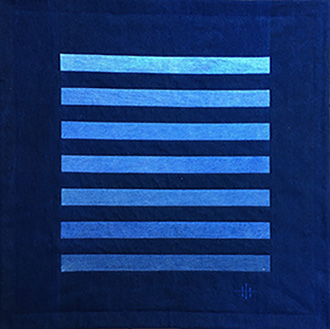Leaving Africa, ancient humanoids entered what was then a cooler new world that was caught in the last of the ice ages. For thousands of years, when winter came, they would tie the pelts of animals together and cover themselves with animal skins to stay warm.
That still left body parts that were hard to keep covered exposed to the cold. The hairy chests that many of the descendants of these northern hunters still wear today bear witness to millennia of bringing home the bacon in chilly climes before needle and thread.
Then came sewing—real stitching, with horse hair and bone needles—for clothing, bedding and shelter. This single invention, one that is at least as important as the wheel, opened up seventy-five percent of the earth’s surface to human habitation.
God gets the credit, according to the Hebrew Scriptures. In the third chapter of Genesis, as humans left the garden for the dangerous new world, God graciously sewed the skins of animals together to cover them and protect them. Good for humans. The animals? Maybe not so much.


